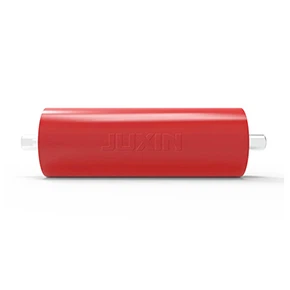In mechanics, a typical pulley is a circular wheel that can rotate around a central axis. There are grooves on the circumference of the circular wheel. Wrap the rope around the grooves and pull either end of the rope with force. The friction between the rope and the circular wheel will cause the circular wheel to rotate around the central axis. The pulley is actually a deformed and rotatable lever. The main function of pulleys is to pull loads, change the direction of force application, transmit power, and so on. A machine composed of multiple pulleys is called a "pulley system" or a "compound pulley". The mechanical benefits of pulley systems are significant, as they can pull heavier loads. Pulleys can also be components of chain or belt drives, transmitting power from one rotating shaft to another.
According to whether the central axis of the pulley moves, the pulley can be divided into "fixed pulley" and "movable pulley"; The central axis of the fixed pulley is fixed, while the central axis of the movable pulley can move, each with its own advantages and disadvantages. Assembling the fixed pulley and the movable pulley together can form a pulley system, which not only saves effort but also changes the direction of force.
Pulleys appear in the form of knowledge points in junior high school physics textbooks, requiring answers to questions such as the direction of force, the distance of rope end movement, and the amount of work done.






